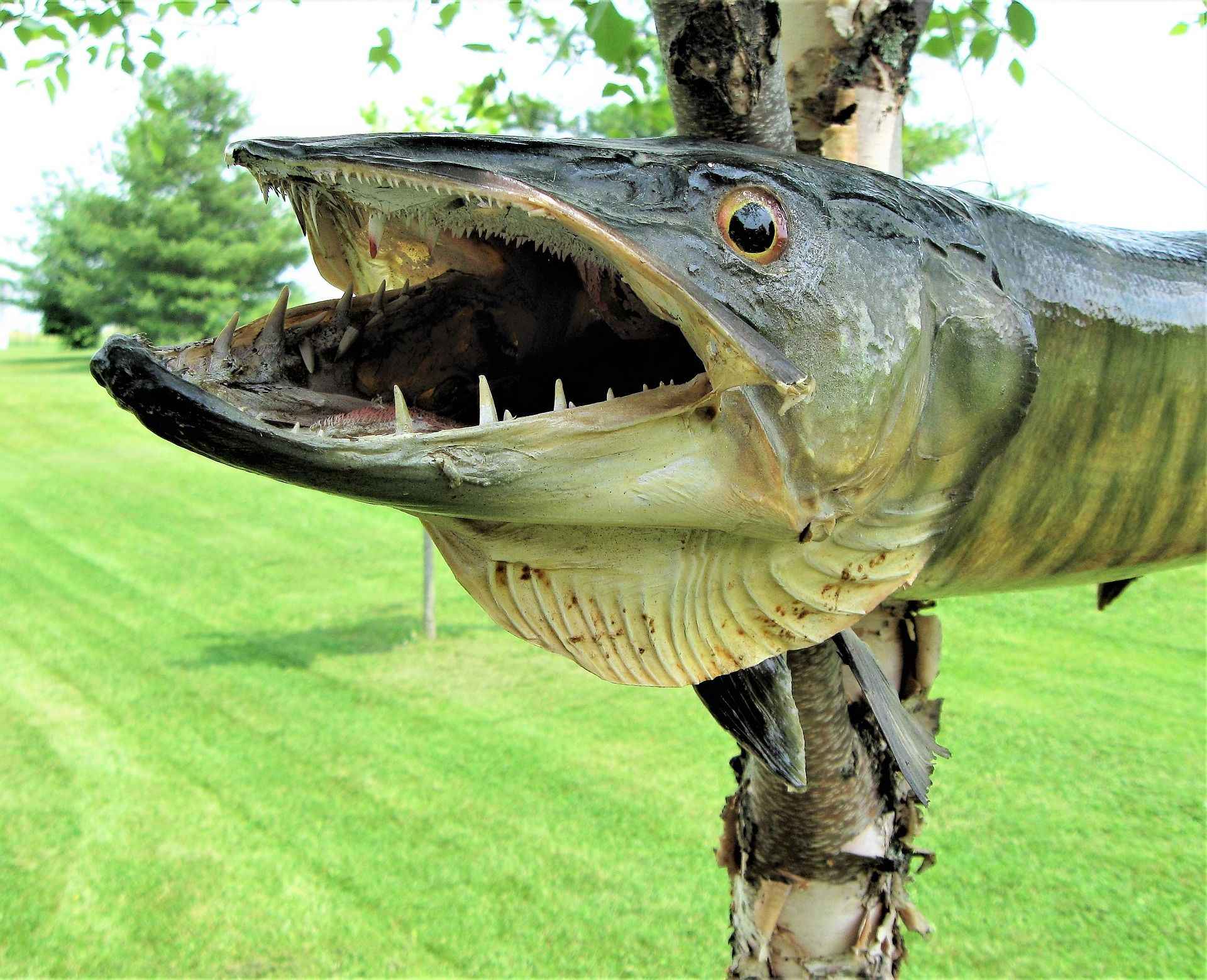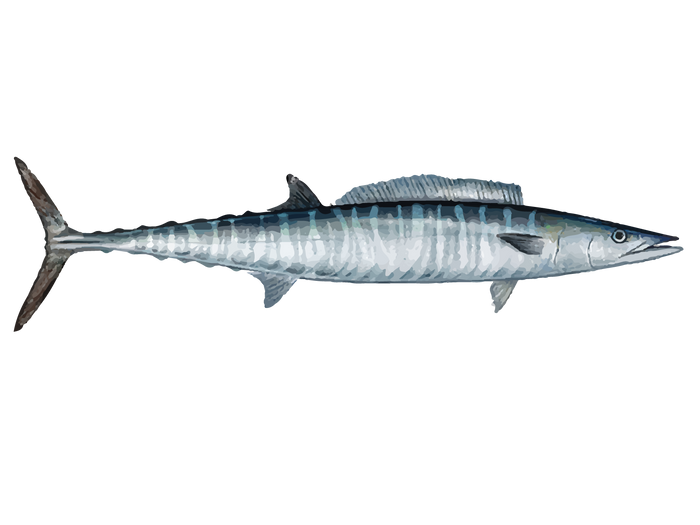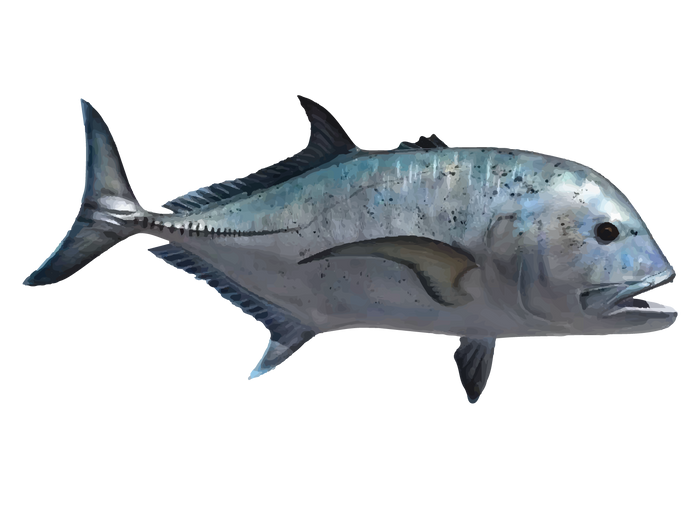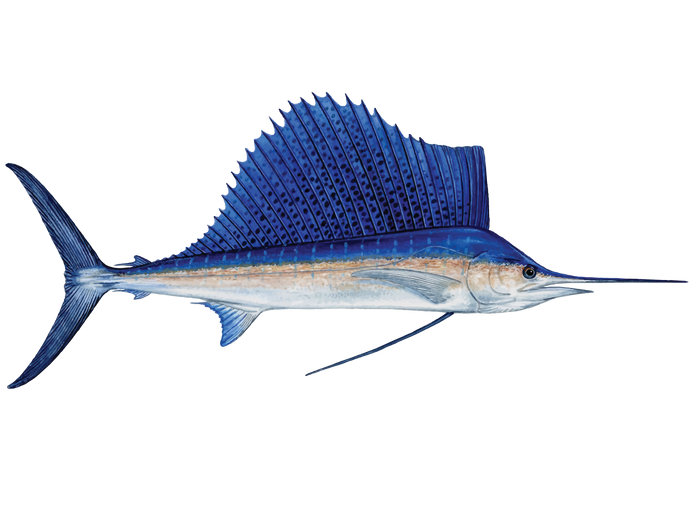The Top 15 Hardest Fish to Catch
Here's our list of top 15 hardest fish to catch. How many have you encountered?

Every angler has a bucket list of game fish to catch in a lifetime. Though every catch is something to be thankful for, there’s nothing better than fighting for a prized catch every once in a while. Here is a list of the top 15 hardest fish to catch for many anglers. How many have you encountered and fought for in your angling career?
1. Wahoo

There’s plenty of wahoo to be found in the warm oceans of Northeast Florida and Louisiana, hunting for schools of smaller fish near wrecks and reefs. These slender fish are fast swimmers, going up to 60 miles per hour, so you’ll be fighting for this one for sure. They can be caught using live bait like mullet, cigar minnows, blue runners, speedos, pilchards, and ballyhoos. And when you hook one, don’t expect this fish species to give up because they will put up a fantastic fight. Make sure your arms are strong and you don’t have sea legs because this fish can literally throw you off the boat.
2. Blue Marlin
The Blue Marlin is considered one of the greats. These rare fish monsters, recognized for putting up an intense fight when hooked, are the ultimate goal for sport anglers. Stunning to look at for both its sheer average size, its majestic appearance, and the greatest fight of your angling life, this fish is a rare sea gem. Hooking one of these fish requires great timing, and keeping it hooked requires patience and endurance. If you’re lucky and skilled enough to hook one, you will have to gather all of your stamina because this fish will fight for dear life. Some of the most experienced anglers have managed to lose one after five hours of fighting. Make sure you’re using a heavy tackle if you’re planning to snag one of these trophies.

3. Tarpon
Research has shown that tarpon have been swimming in our oceans since prehistoric times. Plenty of time for them to evolve into the acrobatic game fish that we all know today. This trophy fish, found in the waters of Florida, the Gulf of Mexico, and the southern coast of the Atlantic, are known to make quite a splash when hooked. They can leap as high up in the air as 10 feet. You have better chances of hooking one at night. Come prepared with live mullet for bait and a chum bucket to tempt them to come closer. These fish come heavy, ranging from 60 to 100 pounds, sometimes even 200, so come prepared with a fishing rod and reel with enough line capacity for such heavyweights.
4. Permit
Permit are not hard to find - anglers usually find them in the shallows where they swim to feed - but they are hard to hook. Bait fish such as blue crabs, pass crabs, and shrimp are all crustaceans that permit eats. They are incredibly moody and easily spooked in shallow flats. These “grey ghosts of the flats” are also able to cut lines and throw hooks away with their strong nose dives, or they can swim by your baits without so much as a glance (they have incredible eyesight, too). No other fish can frustrate anglers better than permit. Many anglers consider catching one a story for a lifetime.
5. Muskellunge
Smaller muskies are not that hard to catch, especially in the lakes of Wisconsin and Minnesota (particularly Lake of the Woods, Green Bay, or Mille Lacs), but a trophy-size one is a challenge of a lifetime. These game fish, known as the “fish of 10,000 casts”, are street-smart, fickle, and overall tricky fish to catch. They will make you feel like you’ve led them on with your hook and bait before snatching off your bait with their sharp teeth and strong jaws. They are not as easily lured with bait, either, as they can fight off the temptation once they’ve fed. To catch one of these trophies, master casting large bait cast gear first, know your waters, and invest in a GPS sonar system.
6. Dolphinfish
Not to be confused with the dolphin, the dolphinfish (also known as mahi-mahi or dorado) are majestically odd in appearance, formidable swimmers, and clever thinkers, making them the hardest fighting fish to catch. They can be found in the Caribbean Sea, the west coasts of North and South America, Costa Rica's Pacific coast, the Gulf of Mexico, Florida's and West Africa's Atlantic coasts, the Indian Ocean, the Bay of Bengal, the South China Sea and Southeast Asia, Hawaii, Tahiti, and many other places around the world. They know how to evade hooks but are quite greedy, so you can easily hook them when you find them. They can, however, run with your hook with such great speed.
7. Roosterfish
The first thing you’ll notice about the roosterfish is just how amazing it looks with its exotic-looking dorsal fins. The second thing you’ll notice if you’re able to hook one is just playful, fast, and strong it is. You can find them in the shallows of the Eastern Pacific, hunting aggressively for the next prey. Roosterfish commonly spotted range from 30 to 45 pounds and are quite hard to pull. Once you’ve hooked one, it can play around with you, and the next thing you know, it’s pulling you around instead of the other way around.
8. Giant Trevally

The Giant Trevally, fondly called GT by anglers hoping to snag one, is the biggest of the trevally fish species. It is a big and solid fighter, a true “warrior of the sea”. They will not give up until they’ve completely conquered your surface lure. If you’re targeting one of these trophy bad boys, come armed with a 20-pound test-casting tackle and a backup. These fish species are found year-round in Hawaii, in the atolls of the South Pacific, as well as in the waters of Australia and the Philippines.

9. Greater Amberjack
Greater amberjack is fast and strong swimmers. Once they’ve bitten onto your bait, they will swim back home deep into the waters, so let’s hope when you’ve snagged a heavy one (commonly hooked ones range from 20 to 30 pounds, but they can occur at 60 pounds), that you’re armed with a line that can withstand its stubbornness as it continues to dive deep.
10. Goliath Tigerfish
Smart, aggressive with razor-sharp teeth, and not shy around humans (they are known to attack), Goliath Tigerfish are the hardest freshwater fish to land. They are native to the waters of the Congo River Basin, and even there, they prove to be extremely rare. They are known to shred bait, so you have to be smart about how you rig your bait. Having one is not enough, but having too many might give this clever fish a clue as to your intention and is a surefire way of getting your bait fully ignored. If you’re lucky enough to hook one, be careful, as they will not hesitate to attack you.
11. Swordfish
If you’re sure about your strength and stamina, then, by all means, target the swordfish in the waters of Florida. This big fish, prehistoric-looking, is a strong fighter and will not easily give up. It is quite monstrous in appearance and likes to hide in the deepest waters of the ocean. At nighttime, though, these gamefish will feed near the surface, so that might be a good time to target one of these.
12. White Sturgeon
If you’re targeting the white sturgeon, be sure you come prepared with an 80-pound test line and heavy-duty reels. The sturgeon can fight and can leap, despite its appearance. You can find this fish species in the fresh waters of Idaho and British Columbia, ranging from 200 to 600 pounds.
13. Apache Trout
The Apache trout makes this list because of how rare it has become over the years, making it a difficult trout to catch. Nowadays, anglers can find these fish species in the headwaters of Arizona’s Little Colorado River and Upper Salt River systems. Because its official status is threatened, anglers are required to practice catch and release if they manage to hook one of these.
14. Sailfish

The sailfish are quite majestic to behold and even more majestic to catch. They are, however, deceiving in their diva-like appearance. They are elusive, preferring to settle in deep depths, and are fast swimmers, with some reportedly swimming as fast as 68 miles per hour. They are known to inhabit warmer tropical and subtropical waters, too, so you can only target them in the waters of Thailand or Costa Rica.
15. Tuna
Several tuna species deserve mention: pacific bluefin, dogtooth, and yellowfin. Known for their sheer size, rarity, and strength, trying to catch one of these trophies is a feat every angler needs to experience. Some of these species, though, are dwindling in population, so you have to check on fishing bans before trying to target them.




